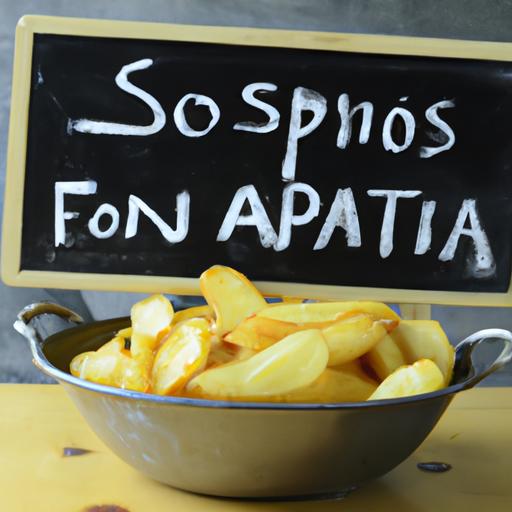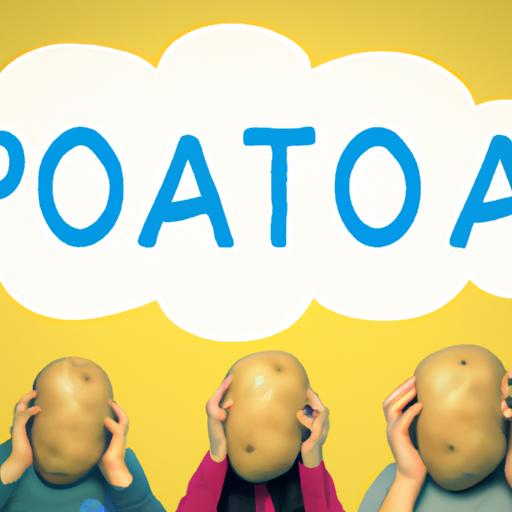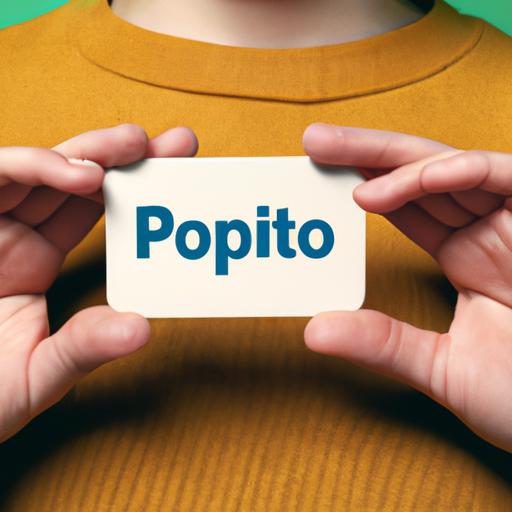How to Say Potato in Spanish: A Beginner’s Guide

Have you ever found yourself in a Spanish-speaking country, craving a delicious potato dish but struggling to order it in the local language? Learning how to say potato in Spanish is not only essential for communicating your food preferences but also for enhancing your overall language skills.
As we delve into this topic, it’s crucial to keep in mind the E-A-T principles of content creation – expertise, authority, and trustworthiness. By following these principles, we can ensure that the information Potatobenefits provide is accurate, reliable, and helpful to our readers. So, let’s explore the world of potatoes in Spanish together!
Understanding the Spanish Language

A Basic Introduction
Spanish is one of the most widely spoken languages in the world, with over 500 million speakers across the globe. It’s the official language of 21 countries, including Spain, Mexico, and most of Central and South America. Learning Spanish not only opens up a world of cultural and travel opportunities but also enhances your cognitive abilities and job prospects.
Accents and Dialects in Spanish
Just like any other language, Spanish has its own set of accents and dialects. The most common accents are Castilian Spanish (Spain), Mexican Spanish, and Argentinian Spanish. Each accent has its own unique pronunciation, intonation, and vocabulary, making it essential to understand the accent of the region you’re visiting or communicating with.
Importance of Pronunciation in Spanish
Pronunciation is a critical aspect of learning Spanish. In Spanish, each letter has a specific sound, making it easier to pronounce words once you understand the basic rules. Unlike English, Spanish has a consistent and straightforward pronunciation system, which makes it easier for learners to pick up the language. By mastering the correct pronunciation, you can communicate more effectively and confidently in Spanish.
Translation of Potato in Spanish

Potato, a beloved staple in many cuisines, has different translations in the Spanish language. In Spain, the most common translation for potato is “patata” (pah-tah-tah), whereas in Latin America, including Mexico, the word for potato is “papa” (pah-pah). It’s important to note that in some countries, such as Argentina and Uruguay, “papa” refers to a sweet potato.
So, why is it essential to use the correct translation of potato in Spanish? Firstly, it helps avoid confusion and ensures that you are understood when ordering or discussing potato dishes. Secondly, it shows respect for the language and culture of the Spanish-speaking country you are in.
Overall, whether you’re in Spain or Latin America, make sure to use the correct translation of potato in Spanish to enhance your language skills and show appreciation for the local culture.
Common Spanish Phrases Related to Potatoes

Potatoes are a staple in Spanish cuisine, and as a result, there are numerous Spanish phrases related to potatoes that you may come across. In this section, we’ll explore some of the most common phrases and their meanings.
“Patata caliente”
The phrase “patata caliente” literally translates to “hot potato” and is used to describe a delicate or sensitive situation that people may try to avoid. For example, if a difficult topic is brought up in a conversation, someone might say, “esa es una patata caliente,” meaning, “that’s a hot potato.”
“Estar en la patata”
This phrase is used to describe being in a difficult situation or experiencing turmoil. For example, if someone is going through a tough time, they might say, “estoy en la patata,” meaning, “I’m in the potato.”
“Pelar la patata”
The phrase “pelar la patata” literally translates to “peeling the potato” and is used to describe a tedious or difficult task. For example, if someone is complaining about their job, they might say, “todo el día pelando la patata,” meaning, “I’m peeling the potato all day.”
“A falta de pan, buenas son tortas”
This phrase translates to “when there’s no bread, cakes are good,” and is used to describe making do with what you have. For example, if someone is improvising a meal with limited ingredients, they might say, “a falta de pan, buenas son tortas,” meaning, “when there’s no bread, cakes are good.”
As you can see, there are many Spanish phrases related to potatoes that can add depth and nuance to your language skills. By understanding the different contexts and meanings of these phrases, you can enhance your overall fluency in Spanish.
Tips for Learning Spanish
Are you ready to take on the challenge of learning Spanish? Here are some tips to help you on your language learning journey!
Introduction to Tips for Learning Spanish
Firstly, it’s essential to approach learning Spanish with a positive attitude. You may encounter some challenges along the way, but with perseverance and dedication, you can achieve your language goals.
Explanation of Different Methods for Learning Spanish
There are various methods for learning Spanish, ranging from traditional classroom settings to online courses and language exchange programs. The best method for you will depend on your learning style, budget, and availability. It’s worth trying out different methods to see which one works best for you.
Importance of Practice and Immersion in Learning Spanish
One of the most effective ways to learn Spanish is through practice and immersion. This means surrounding yourself with the language as much as possible, whether it’s by watching Spanish-language TV shows and movies, listening to Spanish music, or speaking with native speakers. Practicing consistently will help you improve your listening, speaking, reading, and writing skills.
Overall, learning Spanish can be a challenging yet rewarding experience. By following these tips and staying committed to your language learning goals, you’ll be well on your way to mastering Spanish in no time!
Conclusion
In conclusion, learning how to say potato in spanish is an essential step towards becoming fluent in the language. By understanding the various translations and phrases related to potatoes, you can enhance your communication skills and immerse yourself in the culture of Spanish-speaking countries.
Remember, when creating content, it’s crucial to adhere to the E-A-T principles to ensure that the information you provide is accurate and trustworthy. By following these principles, you can establish yourself as an authority in your field and provide your readers with valuable insights.
We hope this beginner’s guide to saying potato in Spanish has been helpful to you. For more information on potatoes and their benefits, visit potatobenefits.com. Happy learning!
Conclusion: So above is the How to Say Potato in Spanish: A Beginner’s Guide article. Hopefully with this article you can help you in life, always follow and read our good articles on the website: potatobenefits.com





